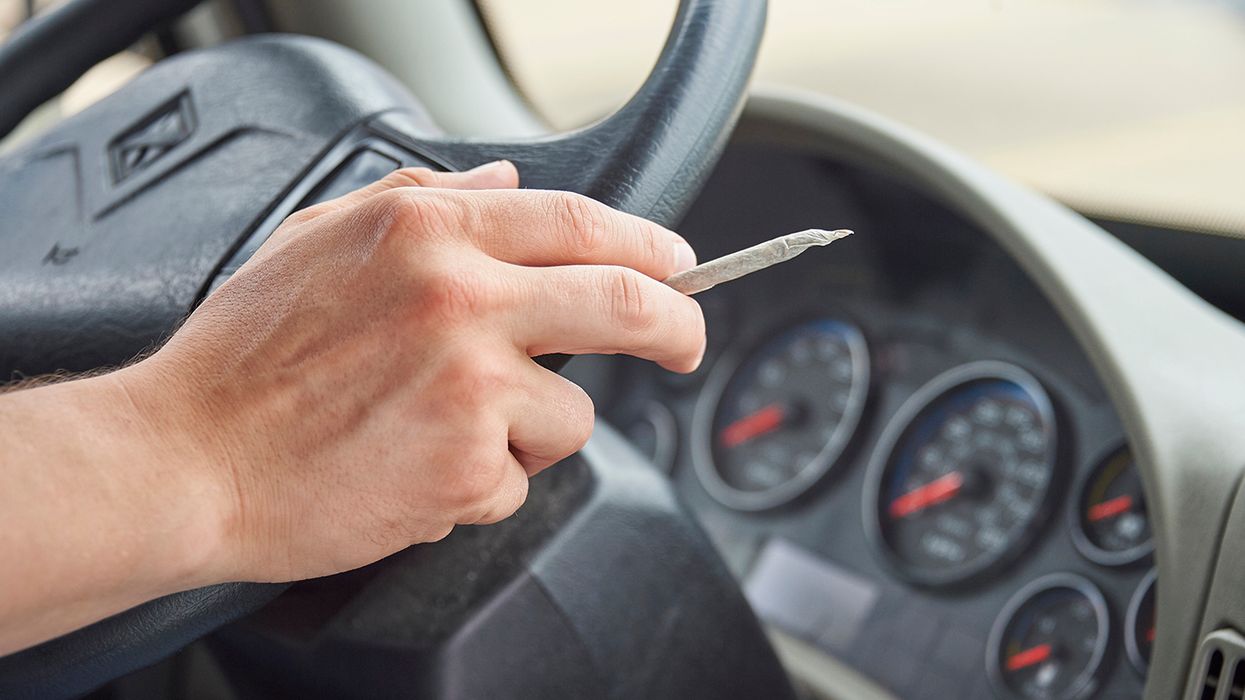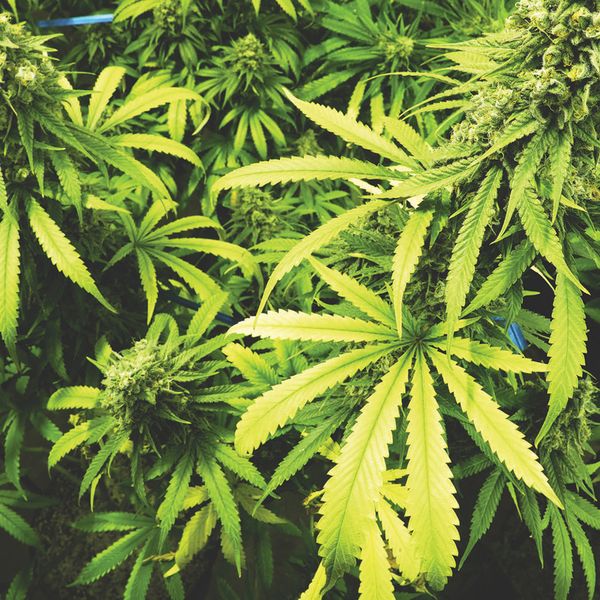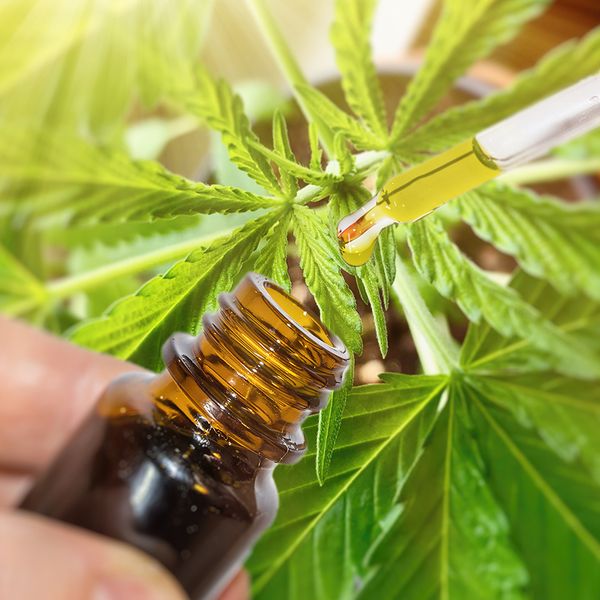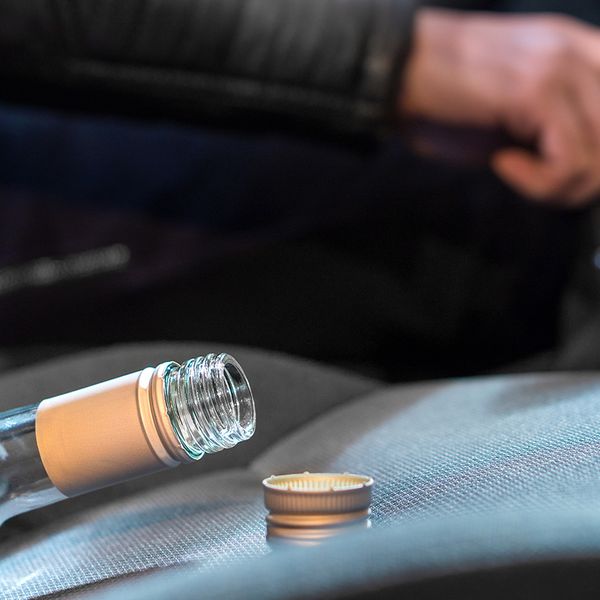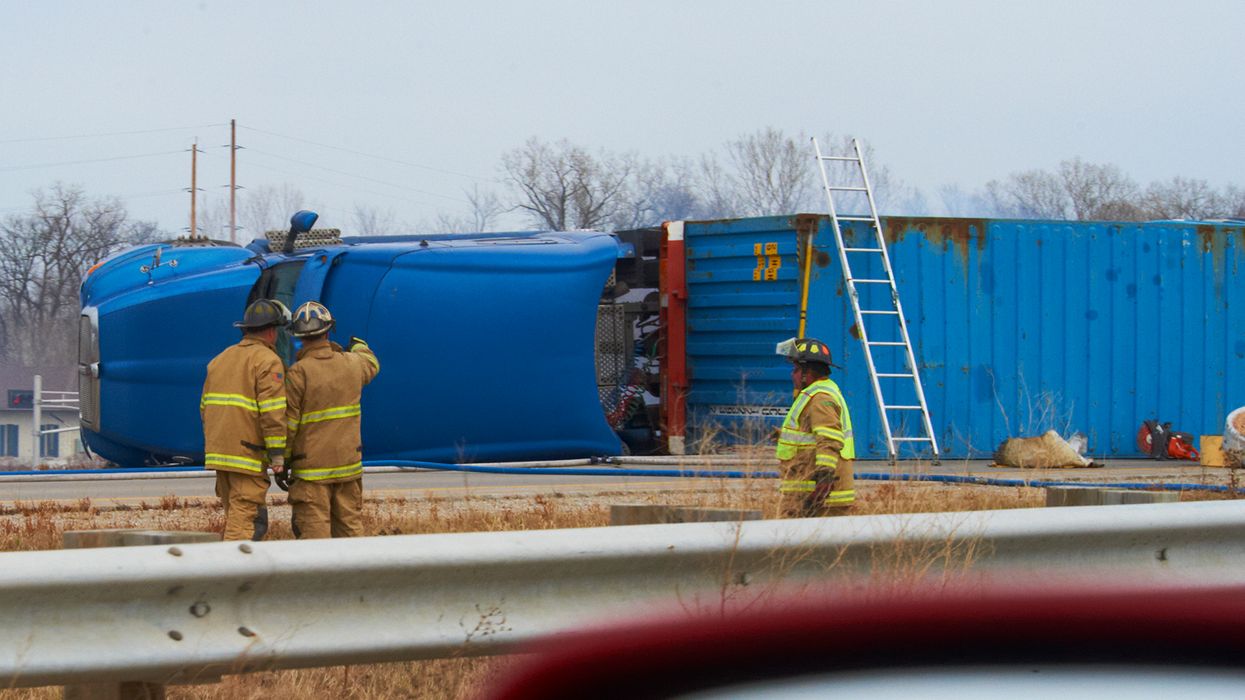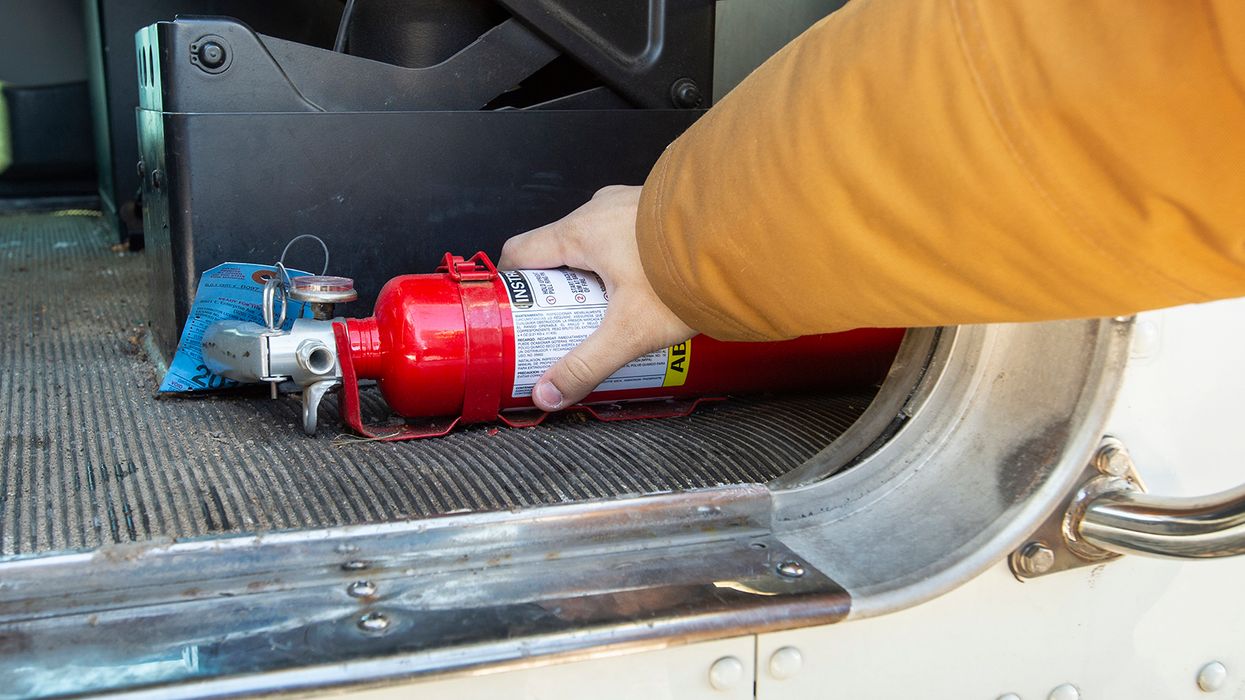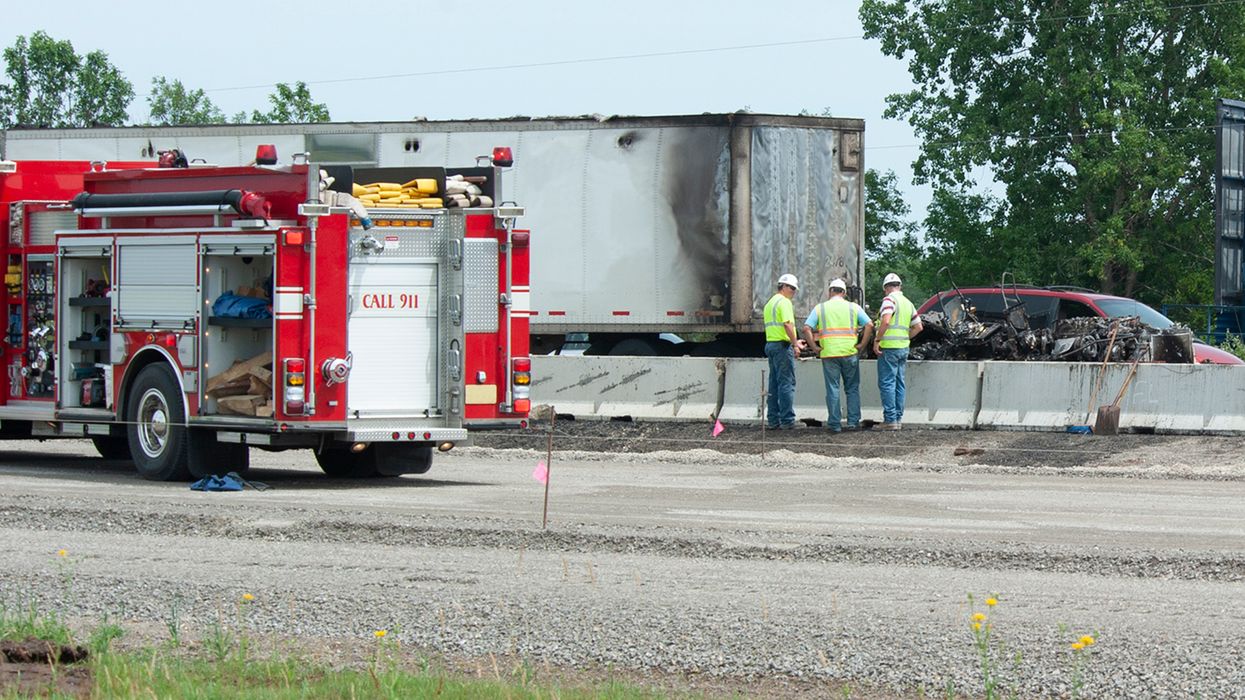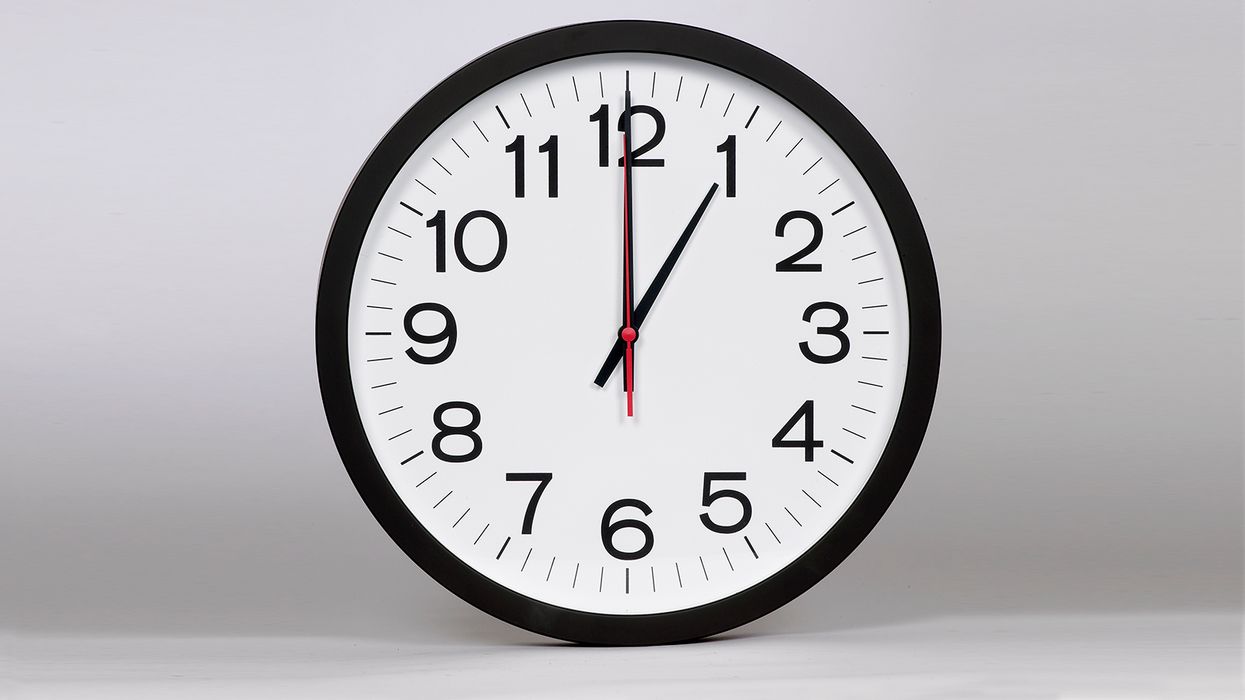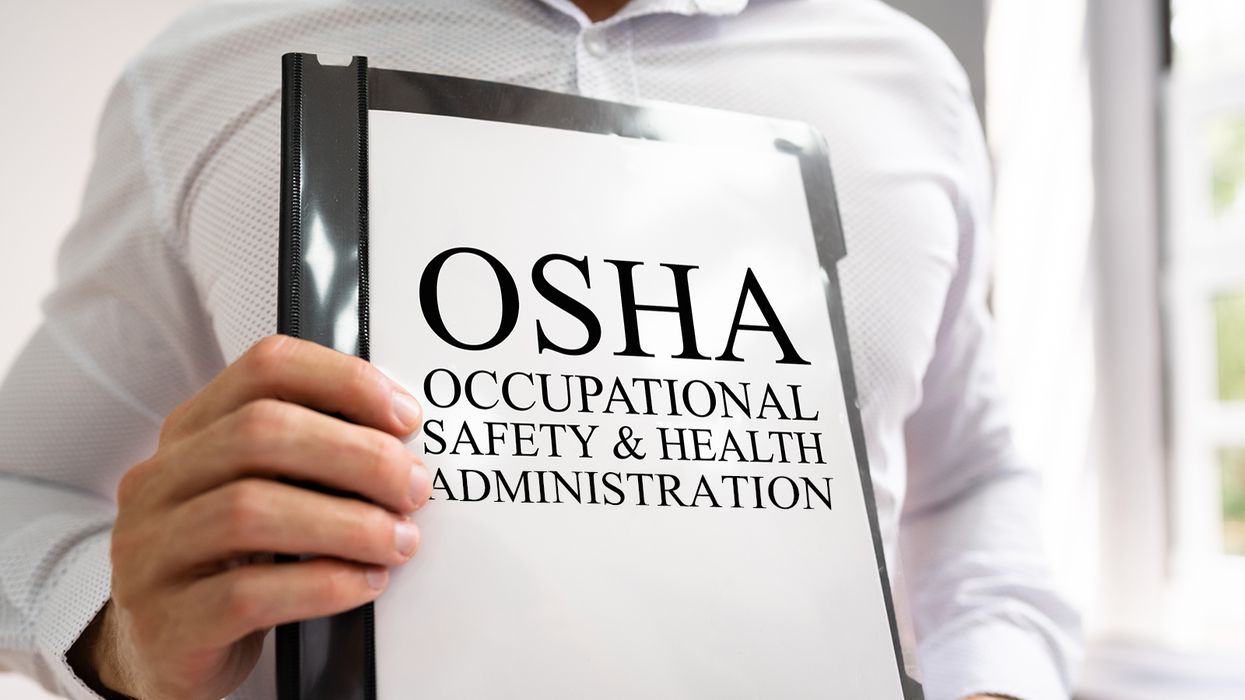Celebrating marijuana holiday could have career consequences for commercial drivers
The history of the number 420 being associated with marijuana is a bit hazy, but the 20th day of the fourth month of the year is unofficially a marijuana holiday.
In states where marijuana is legal, 420 is celebrated on April 20th with music festivals, pot-themed movies, and deals on munchies.
Commercial drivers covered by federal regulations put their career in jeopardy if they partake in marijuana use at the festivities or at any other time of the year, however. The Department of Transportation (DOT) is clear that covered drivers are not to use Schedule 1 drugs, including marijuana.
CDL drivers must follow federal law
Marijuana is legal for recreational use in 24 states and for medical use in 38, as well as Washington, D.C. Drivers and others covered by federal regulations aren’t protected if they use the drug, however, even in states where it has been legalized.
The DOT’s Recreational Marijuana Notice makes its stance clear, stating, “It remains unacceptable for any safety‐sensitive employee subject to drug testing under the Department of Transportation’s drug testing regulations to use marijuana.”
The agency also notes that medical marijuana use is also forbidden for drivers, noting in the Medical Marijuana Notice that its drug and alcohol testing regulation, “does not authorize ‘medical marijuana’ under a state law to be a valid medical explanation for a transportation employee’s positive drug test result.”
Cannabidiol (CBD) products carry risks for drivers as well. While the DOT does not test for CBD, a CBD product may be contaminated with THC. This will bring a positive test for marijuana and the consequences that go with it.
What about drivers without a CDL who operate CMVs?
The restrictions on drug use are not limited to only those who operate commercial motor vehicles (CMVs) requiring commercial driver’s licenses (CDLs). The regulations apply to the operation of any CMV — CDL or non-CDL — engaged in interstate commerce.
The drug prohibitions in Part 392 restrict the use or possession (unless manifested) of any Schedule 1 drug, amphetamine, narcotic, or any other substance which renders the driver incapable of safely operating a motor vehicle. This includes marijuana.
Use of a Schedule 1 drug such as marijuana medically disqualifies both CDL and non-CDL CMV drivers under the regulations at 391.41.
Impact of a positive test
A driver covered by federal drug and alcohol testing regulations who tests positive for marijuana or another illegal drug must be immediately removed from safety-sensitive functions. A driver on the road needs to park the vehicle, and arrangements are made to bring the driver home and transport the load with a different driver.
Before returning to a role as a commercial motor vehicle (CMV) driver, or another safety-sensitive position, the driver must:
- Be evaluated by a substance abuse professional (SAP).
- Go through the education or treatment program recommended by the SAP and successfully complete the program.
- Pass a return-to-duty drug test performed under direct observation.
After the driver has a negative return-to-duty test, the driver can drive a CMV and perform other safety-sensitive functions. Over the next one to five years, the driver must complete a series of unannounced follow-up tests under direct observation.
Clearinghouse record
All positive drug and alcohol tests performed under the federal regulations at 49 CFR Part 382, including tests for marijuana, are recorded in the Federal Motor Carrier Safety Administration (FMCSA) Drug and Alcohol Clearinghouse.
The driver remains in a prohibited status until the SAP program and a negative return-to-duty test are reported to Clearinghouse. The driver cannot return to performing a safety-sensitive function until the status shows as not prohibited.
The record of the violation is kept in the Clearinghouse for five years from the date of the violation or until the follow-up testing plan is completed, whichever is later. If steps are never completed, the incident remains on the driver’s Clearinghouse indefinitely.
Do drivers lose their job for failing a marijuana test?
The federal regulations don’t address termination, so state laws and company policy dictate what happens next.
State law may require an employer to offer the option for rehabilitation the first time a driver tests positive or consider an accommodation, such as a transfer to another position. They may also be silent on the issue, giving the employer the ability to move forward according to the company’s needs.
Depending on what state law allows, the driver could be:
- Transferred to another position until eligible to drive
- Suspended without pay until eligible to drive
- Terminated
Make drivers aware of risks
As robust as the regulations are, drivers may not be aware of the job-related risks of using marijuana or CBD products. Between 2020 and 2023, more than 139,000 positive marijuana test results were reported to the Clearinghouse.
To make sure your drivers understand that marijuana use has serious consequences, use 420 as a reason to remind them that:
- The DOT does not allow marijuana to be used by covered drivers, even when its use is legal under state law.
- A positive test for THC is a positive test, even if it was due to use of a CBD product.
- A covered driver can’t operate a CMV or perform another safety-sensitive position until going through the SAP program and passing a return-to-duty test.
- A drug and alcohol violation is recorded in the Clearinghouse for at least five years.
- They face job-related consequences as outlined in your drug and alcohol policy.
Key to remember: A positive drug test for marijuana is serious business for drivers, even though their community might be celebrating an unofficial marijuana holiday. Make sure drivers know the risks of using marijuana and CBD.

